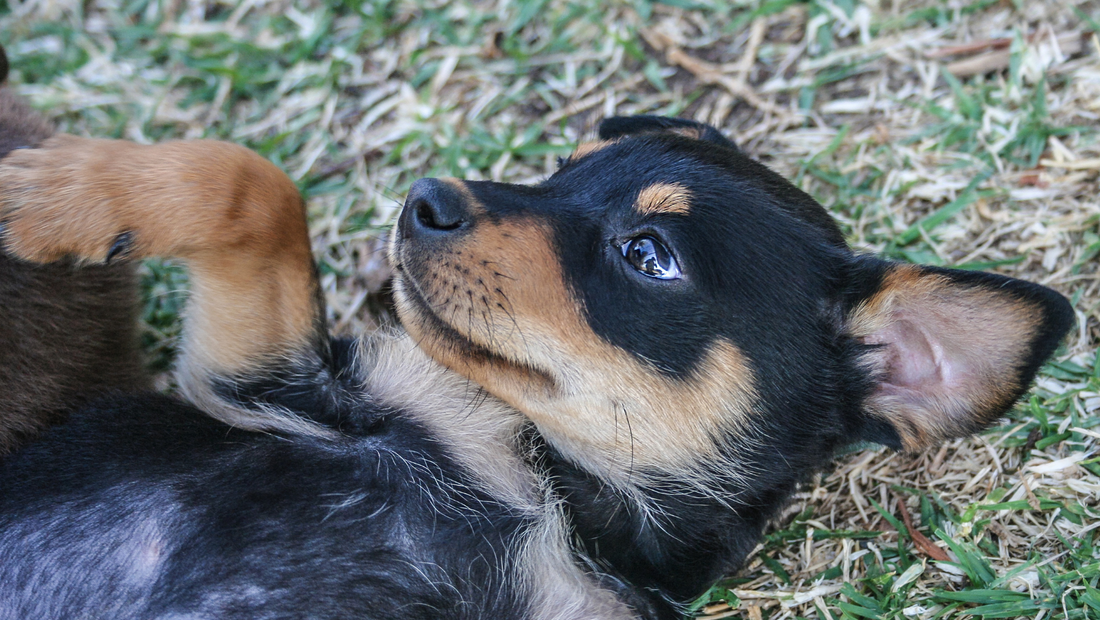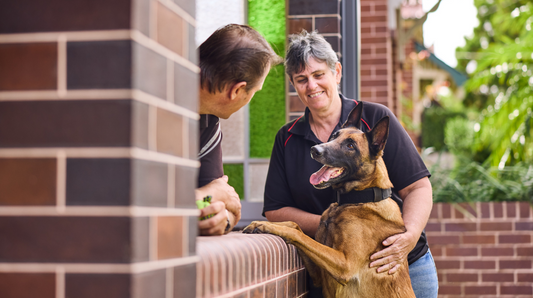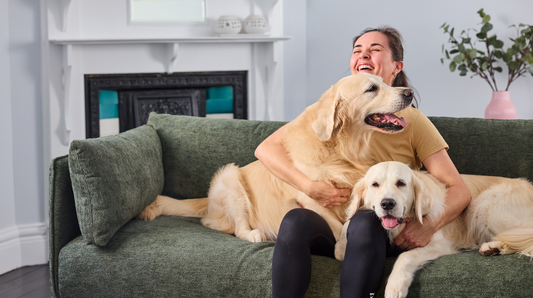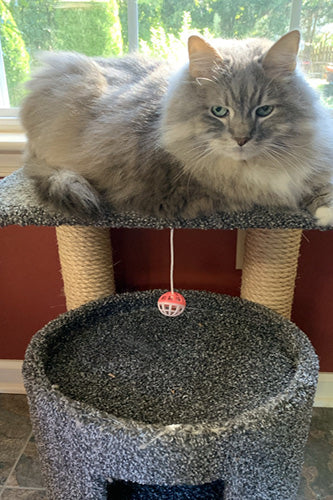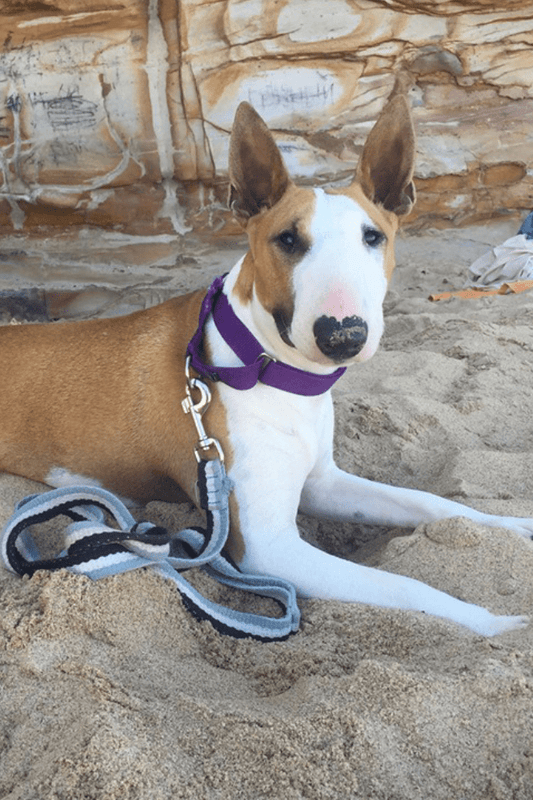Choosing The Right Puppy For The “Right Now”
When I was 17 years old, I had moved out of home, was in my first year of university and working three casual jobs, I decided it was a super awesome idea to get my first dog. At the time, I was living with my sister who, is a terrible influence when it comes to buying animals (she says yes to anything and everything) and she asked the magic question:
“If you could have ANY dog, what would it be?” My answer was an Australian Kelpie. I had researched the breed when I was 14 and was obsessed with them ever since. So, she dragged out the trading post and low and behold there was an ad for “Pedigree Farm Kelpies, with papers $200”. There was one picture of this timid looking black and tan Kelpie and the rest of the photos were of brown kelpies. I rang the number and told the seller I would take the black and tan one.
A three hour drive later, I was standing in the middle of nowhere on this farm and was welcomed by 7 brown puppies. About 5 minutes later, the little black and tan dog made its way out, sat by my feet and urinated everywhere. Of course, I felt sorry for that one, and he was mine. The farmer showed me the parents for two seconds, handed me the dog, I paid him $200 cash and off I went.

I was determined that this dog was going to be my best friend and because of that I named him Cobber, which means ‘best mate’. As a puppy, this dog was nuts. He had bouts of worms, resource guarded, nipped and herded my little nieces and nephews and was so intelligent that he could climb the cubby house, jump the fence and would gallivant the neighbourhood. I got noise complaint after noise complaint of this little dog barking the house down and escaping. Cobber became reactive on lead and would urinate whenever he saw another dog.

I quickly realised I was out of my depths and was likely to have him taken off me if I didn’t do something stat. So, I rehomed him to an actual farm where he was used to work stock.
What a blunder. To date rehoming that dog was the hardest thing I have ever had to do.
But there were so many things that experience taught me going forward about puppy selection.
Choose a breed for your actual CURRENT lifestyle
When I picked Cobber, I said to myself, this dog will make me fit. However, what I learnt very quickly was that my schedule of three jobs, and a full-time degree didn’t permit me to physically exercise, mentally stimulate or biologically fulfil him nearly as much as I needed to.
Choose a breed of dog based on what your current lifestyle looks like. If you work 9-5 and are only active on weekends, then don’t choose a breed like a Border Collie that needs to be active daily.
One skill I have learnt is that whenever I want something, I research the down sides of having it extensively. For example, having a dog with a long coat means that I will have to spend time each week grooming that coat, and I will have to pay for grooming for the rest of the dog’s life. Understanding what the downsides are prepares you for what to expect.
Know what your breed of dog needs to ‘live their best life’
I can’t tell you the amount of private training sessions I have attended where the pet parent has a dog like a Dachshund and they are barking too much or a Cattle Dog that nips a lot, or a bull breed that looks for conflict constantly.
It is so incredibly important to understand what intrinsically motivates your breed of dog and what you will have to do to replicate that for your dog to live their ‘best life’. Not only this, but what you are likely to see in that specific dog breed. For example, my working line Border Collie is super literal and alert to novelty. Meaning that if she saw an object out of place on a walk, like a car tyre being on the curb, she will most likely alert me to it. Alerting a farmer when something about the herd is out of place is important for a working dog. Another example would be of a Beagle sniffing extensively on a walk. This breed of dog was bred to use that incredible sense of smell they have.
Understanding what your dog is designed to do, will save you frustration later down the track with conflict in training.
Pick your personalities wisely
One mistake I see a lot of people make is that they choose a personality type that is not compatible for them or what they want the dog for. An example of this is a sensitive dog paired with a tough and rough handler or a soft person with a super exuberant and hard-headed dog. Often the mismatch causes issues down the track.
When selecting a breed of dog, it is important to understand what personality you need and want. If you want a dog that will go with the flow and come everywhere with you, then choosing a breed that spends a lot of their time being optimistic is important.
Individual personalities and how they are raised definitely matter, but if you research the personality type of the specific breed you are looking for you will get a general idea of what you can expect.
Speak to people that have had the breed before
Whilst everyone has their own unique experiences, a really great way to learn about some common traits of a breed is to hang out with people that have that breed of dog. You will see things you like, things you don’t and can walk away with more balanced idea of what you might light.
What Cobber taught me…
Cobber taught me that as much as I dreamed of owning a working Australian Kelpie, my life was not designed to have one, and because of this, that dog didn’t get to live his best life.
When you choose a breed of dog to add to your family, know what you are getting by researching as much as you possibly can. This will ensure both you are your new dog are set up for success for the future.

